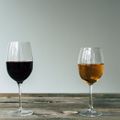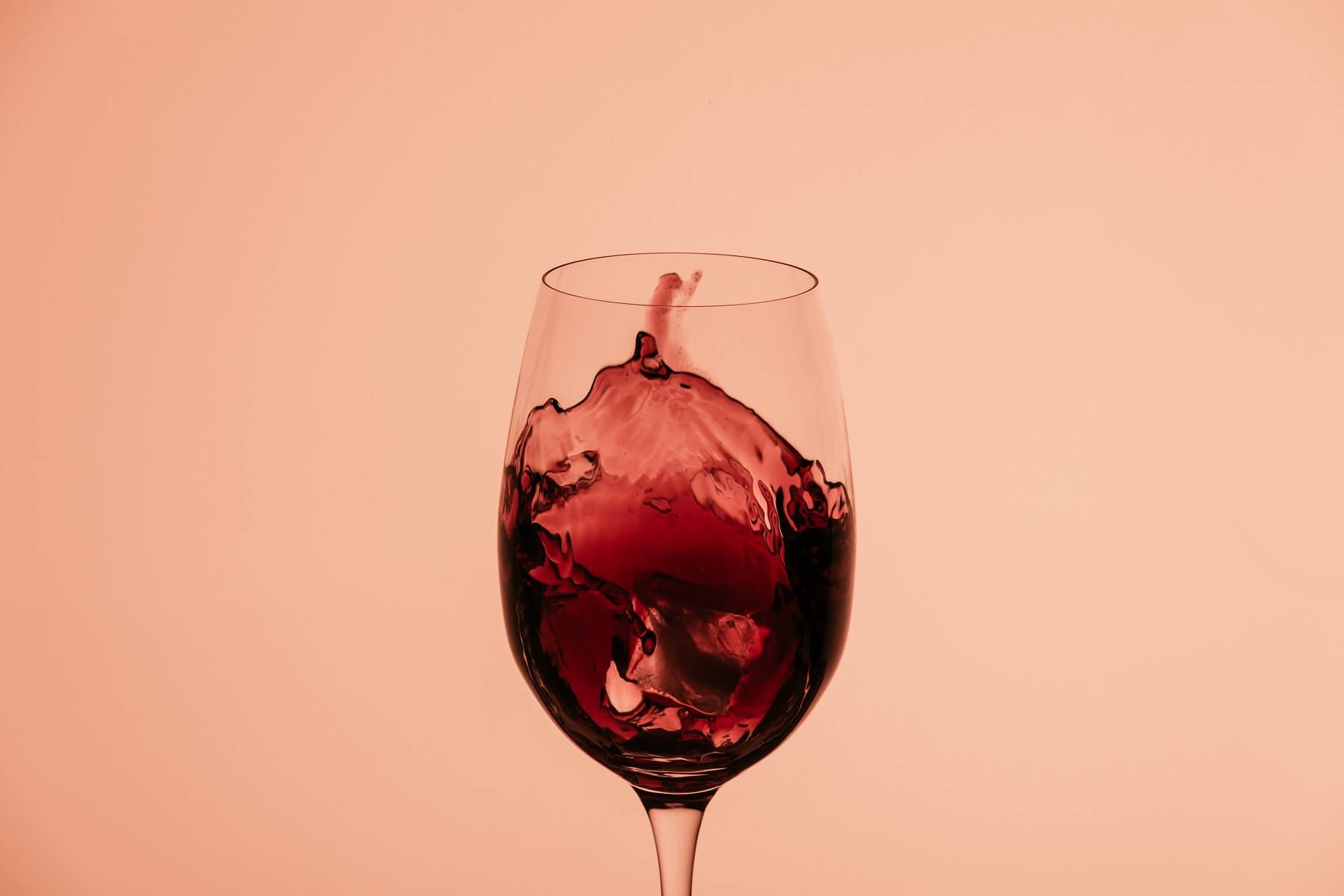

According to folklore the first wines were made somewhere in the Middle East, around Israel, Iran and surrounding countries a few thousand years ago. Since then the Ancient Greeks and Romans drank wine like it was going out of fashion (which it wasn’t), and the French have been making
According to folklore the first wines were made somewhere in the Middle East, around Israel, Iran and surrounding countries a few thousand years ago.
Since then the Ancient Greeks and Romans drank wine like it was going out of fashion (which it wasn’t), and the French have been making it continuously for over 700 years.
But despite its incredible history, wine is still susceptible to the winds of change, like anything else. Here, we take a look at the future of wine for 2018 and hypothesise on what changes may be afoot.
1. Rosé continues to Rise
The majority of-of colour in wine comes from the pigment in the skins of the grapes, not the juice itself. So to make red wine, the skins are macerated into the juice for an extended period. Conversely, rosé is made from red grapes (picked earlier than usual) and then rested on its skins for a matter of hours.
This juicy wine style, with bold flavours but plenty of acidity and refreshment, has captured the hearts, minds and palates of Australia over the past few years, and the trend shows no signs of abating!
The best examples are bone dry and have a strong seam of acidity, backed up by lovely texture and weight – they are wines equally at home on the dining table as on the picnic rug.
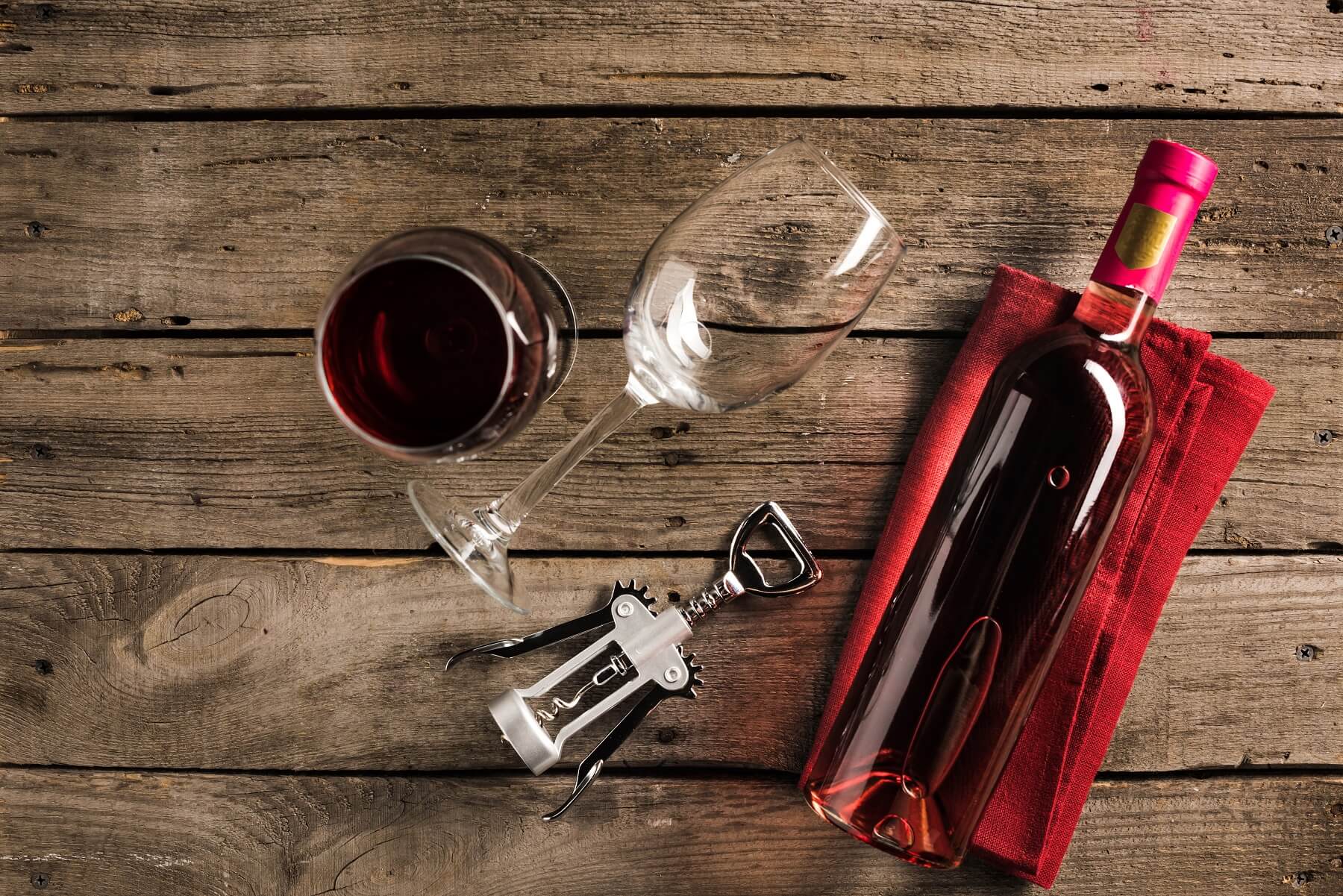
2. Uncommon Blends
Cabernet Sauvignon blended with Pinot Noir? Riesling mashed up with Viognier, Pinot Gris and Gewurztraminer? Or even Syrah making friends with Sauvignon Blanc?
None of these is as crazy as they sound in the vinous landscape of Australia in 2018.
Experimental winemakers have long looked for ways to bring more complex flavours to their wines without the use of nasty artificial chemicals. The blending of seemingly disparate varieties is a great way to do this - a floral lift for a serious red or a streak of acidity for a full-bodied white.
Watch out for wines made from complex blends like this next year.
3. Cloudy Wines
I once heard the analogy that if you were presented with two glasses of apple juice, one clear and one cloudy, and were asked to discern which of the two was higher quality and better tasting simply by looking at them, the majority of us would opt for the cloudy one.
For many years this hasn’t held true for wine, with drinkers searching for crystal clarity above texture and flavour. You drink with your eyes, so to speak.
Many wineries are now deciding that the clarity that is gained through the process of filtration or fining is not worth the payoff for the flavour that is lost, and so leave their wines hazy or downright cloudy. Don’t fear this – treat each wine as an individual and judge it on its merits!
Enjoy the ride.
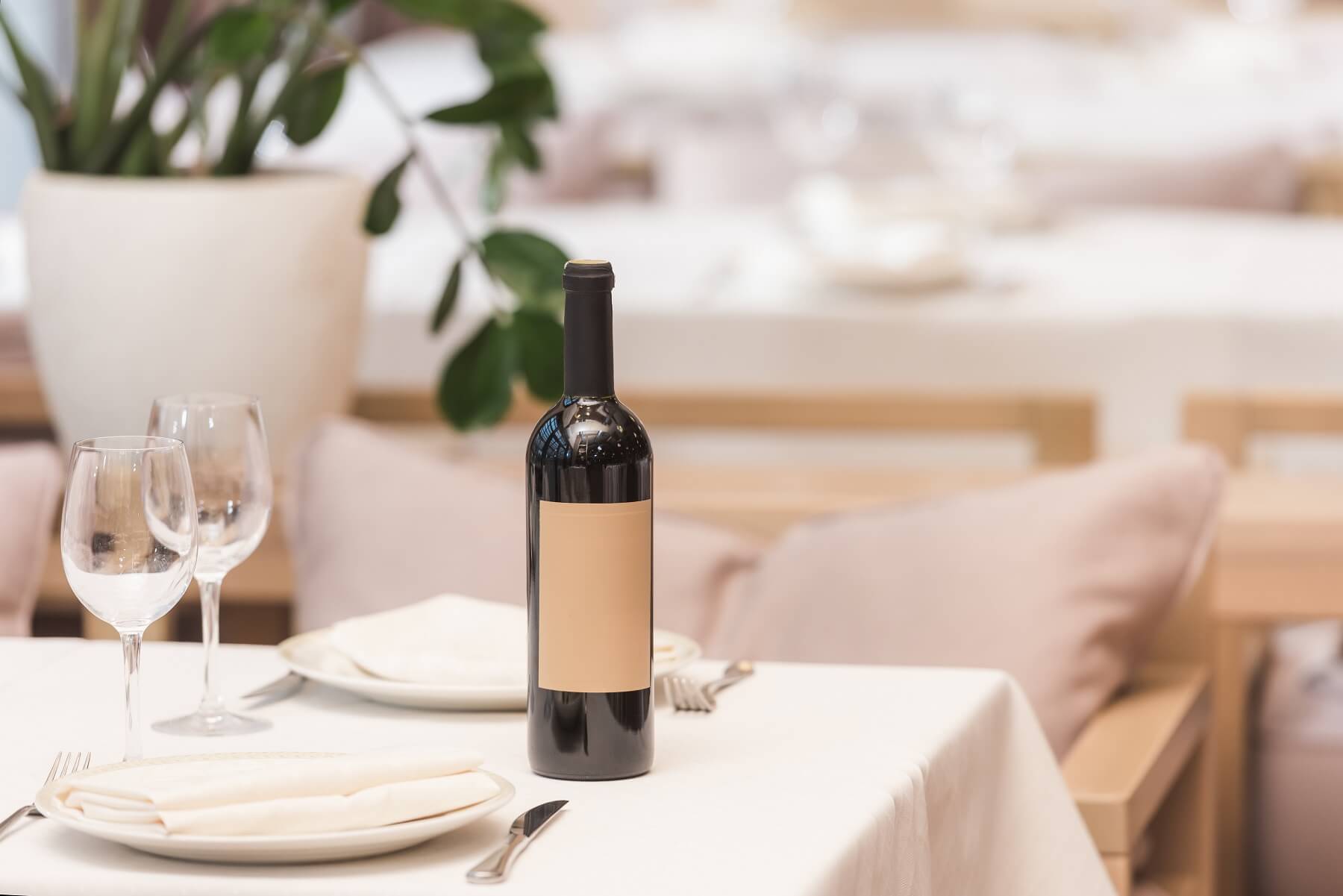
4. Less Fashionable Regions
We’ve all heard of the Yarra Valley and the Barossa Valley when it comes to wine. These are regions that were planted with vineyards over 100 years ago and whose property prices now climb into the stratosphere.
To assume that our ancestors somehow exclusively knew ALL the best places for planting grapevines is a little misguided, and thus now we see enterprising grape growers planting vineyards in regions that have never been known for producing grapes, but just might be the next big thing.
Some recent examples include the Riverland in South Australia and the southern parts of Queensland.
Look out for more wines from places you’ve only driven through.
5. Other New World Countries
In a similar vein to the little-known Australian wine regions, the global wine market is seeing many ‘new’ players enter the fray. These are countries whose wine production history goes back decades, but perhaps have never been big on export, or simply haven’t sent wine to Australia previously.
On our shores, the most exciting wines seem to be coming from other ‘New World’ countries – ie non-European countries like South Africa, North America and Argentina.
These countries produce a host of great wines, often from grapes we’re very familiar with here in Australia. New producers are popping up all the time, and the next few years should yield some incredible wines.
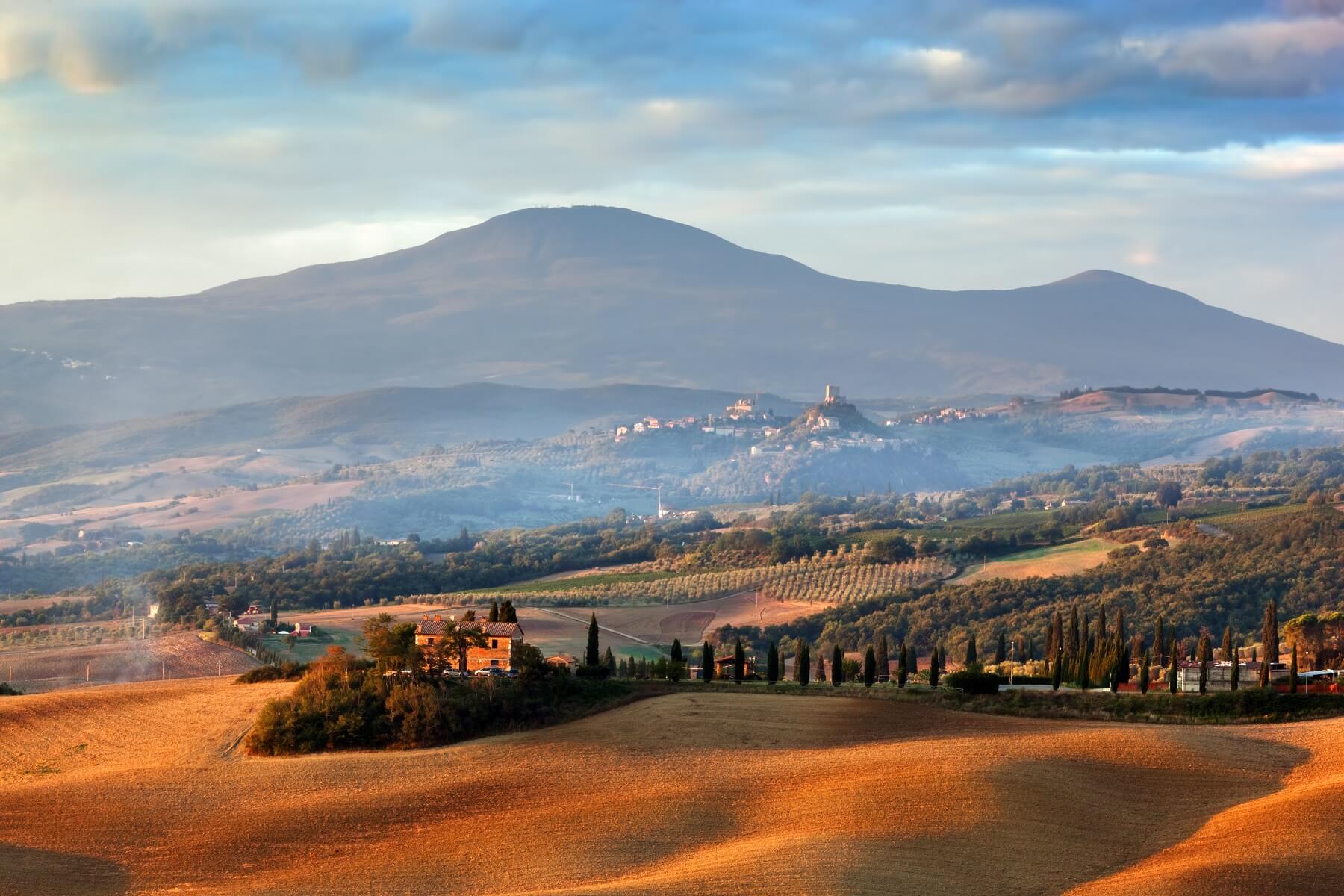
6. Wines Not From a Bottle
Finally, a wise man I met once told me that wine is a grocery, not a luxury. He, like me, drinks wine every day, so I know where he’s coming from – wine doesn’t have to be something you only drink on special occasions. It is the most complex and often the best match with your dinner, and there are numerous studies claiming the health benefits of moderate wine consumption.
Sometimes you’re caught without your corkscrew though. And to be honest, we could be doing our planet a big favour by not wasting all that energy on the bottles, corks, labels, and screw caps.
So, recently I’ve been seeing some smart cookies serving wine on tap. Whether it’s a quality wine in a bag-in-a-box or wine that has simply been kegged rather than bottled, this mass approach to wine lowers the cost as well as our guilt for hurting the environment. Plus, it takes half as long to get your glass of wine - win!
Coming soon to a bar near you.
Now that we've shown you a sneak peek at the trends that will shape how we drink in 2018 and your all set to dominate your wine game this year, it's time to jump-start your wine adventures this year by taking our fun wine palate quiz here and finding out the top three bottles we recommend just for your palate.
Do you know your wine personality? If your answer is no, take our quiz to find out which wines to pick up next and build your box!
Build my box





